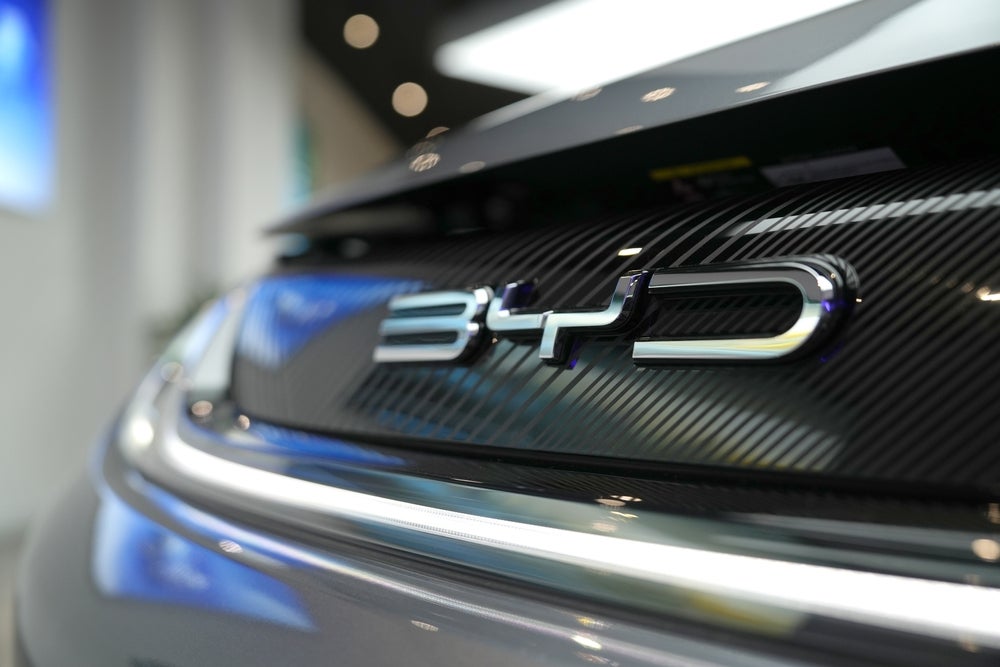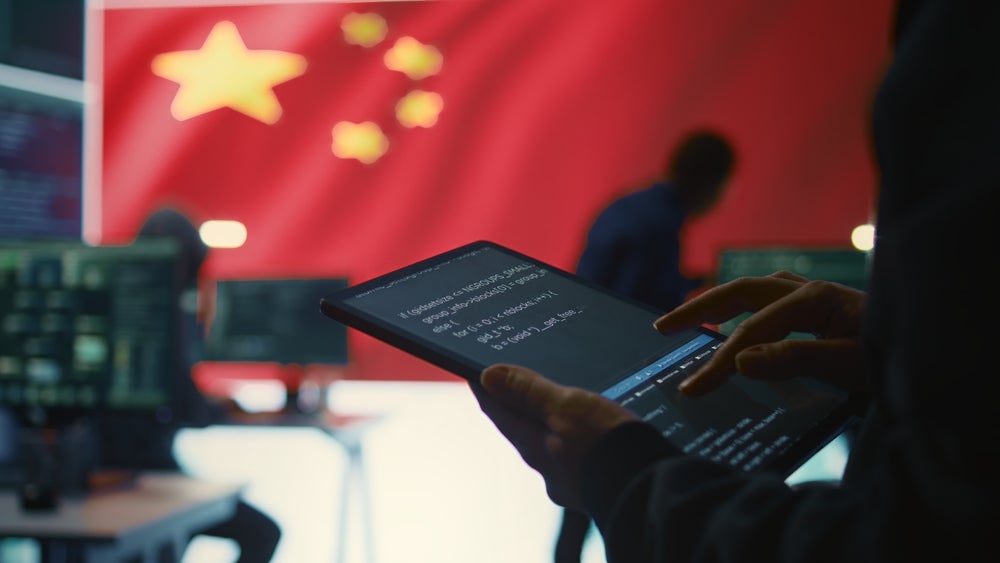Furukawa Electric has patented a laser welding method that utilizes a main beam and an auxiliary beam. The auxiliary beam pre-melts the workpiece, while the main beam, with higher power density, creates a keyhole effect, ensuring efficient welding with controlled molten pool depth. GlobalData’s report on Furukawa Electric gives a 360-degree view of the company including its patenting strategy. Buy the report here.
According to GlobalData’s company profile on Furukawa Electric, Battery management systems was a key innovation area identified from patents. Furukawa Electric's grant share as of June 2024 was 37%. Grant share is based on the ratio of number of grants to total number of patents.
Laser welding method using main and auxiliary beams
The patent US12036624B2 outlines a novel method for welding workpieces using laser technology. The method involves positioning a workpiece in a designated area for laser irradiation and utilizing a laser oscillator to emit laser light that consists of a main beam and an auxiliary beam. The auxiliary beam is strategically placed anteriorly in the sweep direction, allowing it to first interact with the workpiece, melting it to create a molten pool. The main beam, which has a higher power density, follows to generate a keyhole effect in the molten material. This process ensures that the main beam is applied before the molten pool solidifies, facilitating effective welding. The auxiliary beam is designed to minimize sputtering while achieving a shallow molten pool, with a depth ranging from 10 µm to 200 µm.
Additionally, the claims detail variations of the welding method, including the use of multiple auxiliary beams positioned in various configurations relative to the main beam. These auxiliary beams can be arranged in ring or arc shapes and may be generated from a single laser oscillator or through a beam shaper, such as a diffractive optical element. The method accommodates the welding of multiple workpiece members, which can be overlapped, in contact, or adjacent to each other. The auxiliary beam's power density is specified to be less than or equal to 1×10^7 W/cm², ensuring controlled melting of the workpiece. Overall, the patent presents a comprehensive approach to laser welding that enhances the efficiency and quality of the welding process.
To know more about GlobalData’s detailed insights on Furukawa Electric, buy the report here.
Data Insights
From

The gold standard of business intelligence.
Blending expert knowledge with cutting-edge technology, GlobalData’s unrivalled proprietary data will enable you to decode what’s happening in your market. You can make better informed decisions and gain a future-proof advantage over your competitors.







